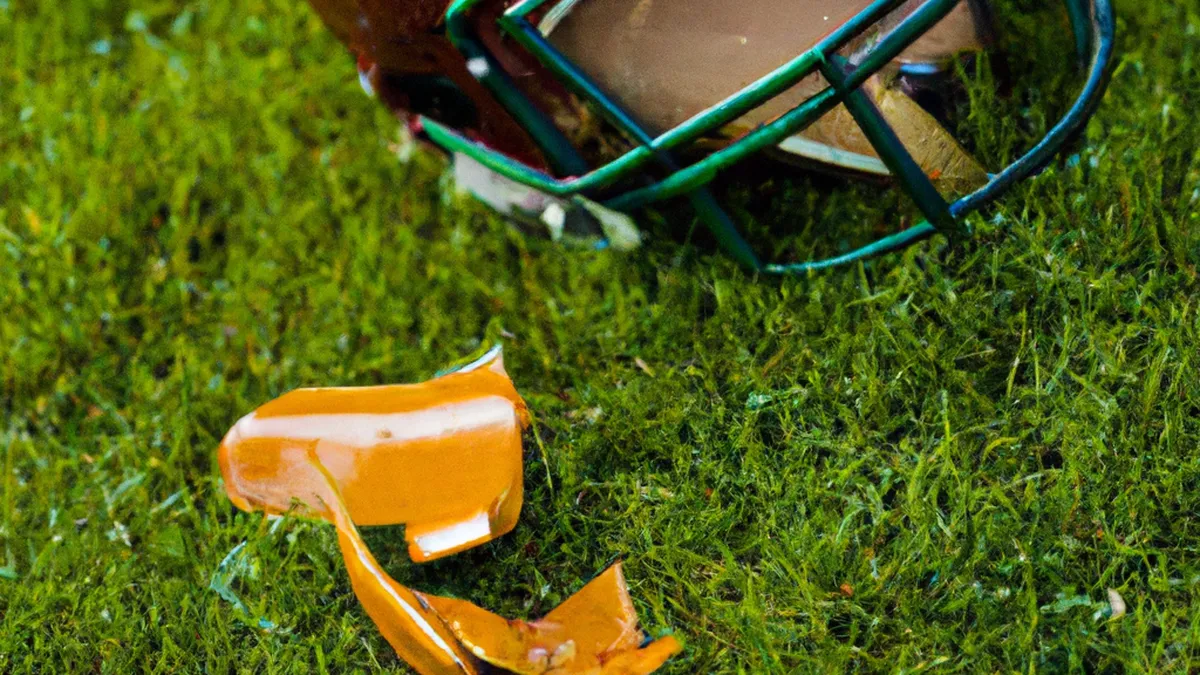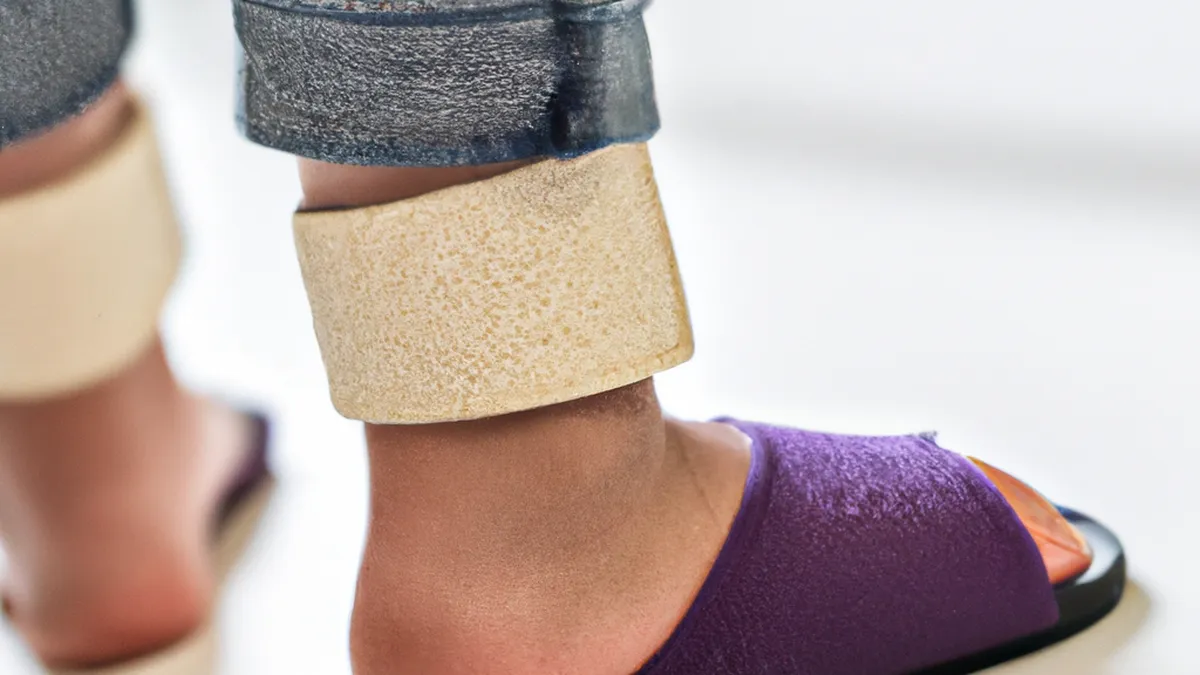Charting Your Personalized Rehabilitation Journey
Crafting Personalized Recovery Plans Based on Injury History
As an Amazon Associate I earn from qualifying purchases.
Gear tip: consider knee brace, ankle brace and kinesiology tape to support this workout.
Injuries disrupt your life in many ways. Whether you’re an athlete or enjoy regular exercise, a tailored recovery plan is crucial. It ensures effective rehabilitation and a return to normal activities. Understanding your injury history lays the groundwork for a successful recovery. A personalized plan helps you regain strength, mobility, and confidence. Here’s how to create a plan based on your unique circumstances.
Understand Your Injury History
Before crafting your recovery plan, assess your injury history thoroughly. This assessment identifies patterns and reveals how your body responds to stressors.
Keep Detailed Records
Document your injury history. Note specific injuries, dates, treatment methods, and outcomes. For example, if you sprained your ankle, record how it happened and the treatment received. Keeping comprehensive records provides insights into your body’s responses.
Identify Patterns
After documenting your injuries, look for patterns. Have you experienced recurrent issues in specific areas, like knees or shoulders? Do certain activities trigger pain? Identifying these patterns helps you avoid similar injuries and shapes your recovery plan.
For instance, if overuse causes most injuries, incorporate more rest periods or cross-training into your routine.
Set Clear Recovery Goals
Once you understand your injury history, set clear recovery goals. These goals should be specific, measurable, achievable, relevant, and time-bound (SMART).
Define Your Objectives
Define what you want to achieve in recovery. Do you aim to regain full mobility in a joint? Write down these objectives to maintain focus and accountability. For example, aim to run a 5K race within six months after a knee injury.
Break Down Goals
Break your main objectives into smaller, manageable goals. If your ultimate goal is running, start with walking and gradually increase your distance. Set weekly or bi-weekly targets to monitor progress and celebrate small victories. This approach keeps you motivated and minimizes the risk of re-injury.
Develop a Tailored Recovery Plan
With your goals established, develop a personalized recovery plan. Include rehabilitation exercises, nutrition, and rest.
Consult Professionals
Consult healthcare professionals, such as physical therapists or sports physiologists. These experts offer valuable insights and recommend exercises based on your injury history. Their expertise enhances your recovery process and keeps you on track.
Incorporate Rehabilitation Exercises
Incorporate specific rehabilitation exercises tailored to your needs in your plan.
Conclusion
In summary, understanding your injury history and setting clear goals can significantly aid your recovery journey.
Below are related products based on this post:
FAQ
Why is it important to understand my injury history when creating a recovery plan?
Understanding your injury history is crucial because it helps identify patterns in how your body responds to various stressors. This assessment allows you to tailor your recovery plan effectively, ensuring you address specific issues and reduce the risk of future injuries.
What are SMART goals and how do they apply to my recovery?
SMART goals are specific, measurable, achievable, relevant, and time-bound objectives. In the context of recovery, setting SMART goals helps you define clear targets, such as regaining mobility or completing a specific distance in running, which keeps you focused and accountable throughout your rehabilitation process.
Should I consult professionals when developing my recovery plan?
Yes, consulting healthcare professionals like physical therapists or sports physiologists is highly recommended. They can provide valuable insights and suggest tailored rehabilitation exercises based on your injury history, which enhances the effectiveness of your recovery plan and helps you stay on track.















Post Comment